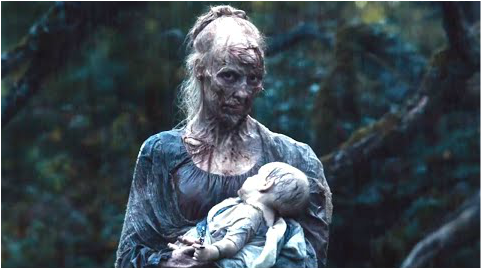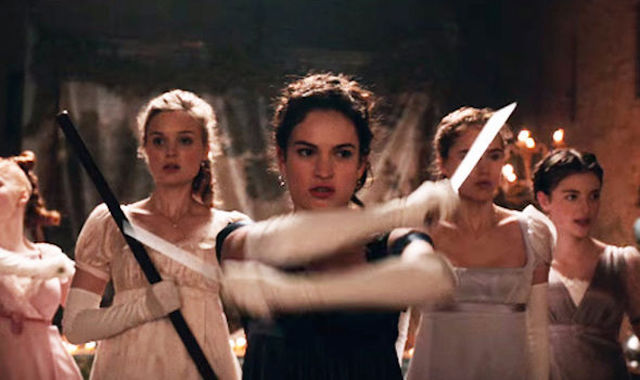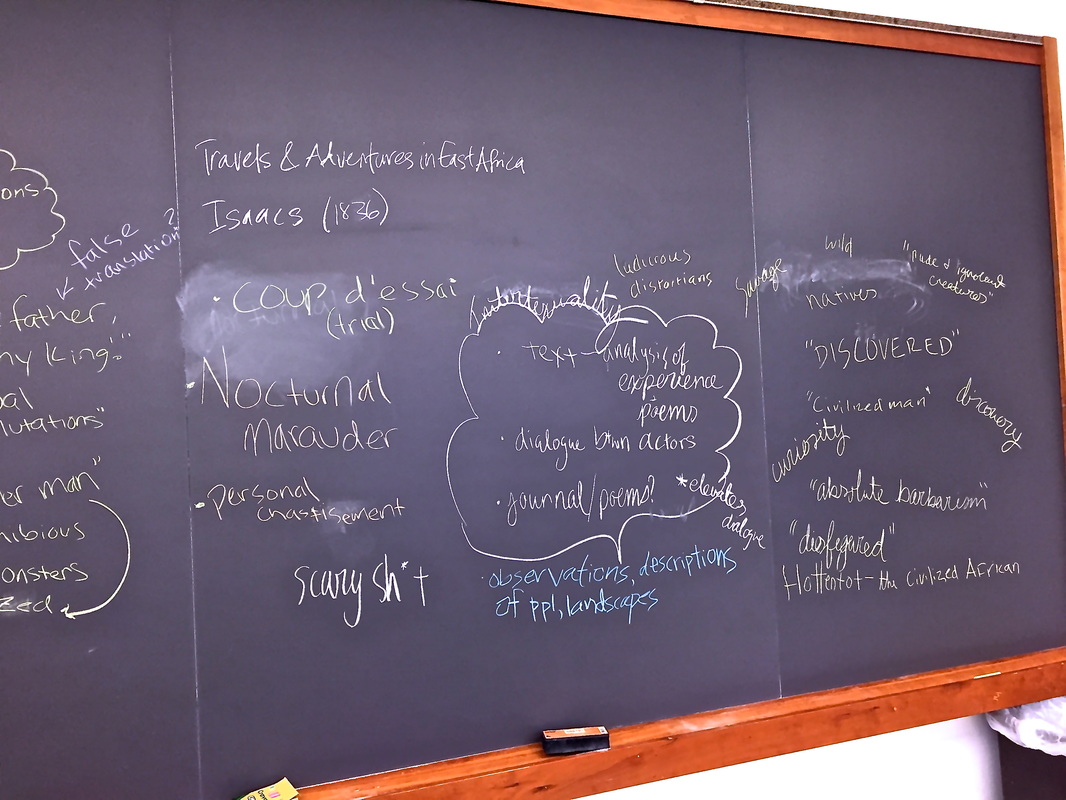Romeo and Gretchen's movie review comes after our field trip to see the new movie, Pride and Prejudice and Zombies (2016), as part of our Spring 2016 seminar, Languages of Fear, Racism, and Zombies at Swarthmore College. **SPOILER ALERT**
The film is so White that we can mistake it as one of this year’s Oscar nominations.




 RSS Feed
RSS Feed